Where is La district, Oudomxay province, Laos?
Meuang in Lao or District in English. Lao typing as “ເມືອງ ຫຼ້າ”
Mueng/Muang La or La district– a District in Oudomxay Province, Laos.
If we compare the distance from Muang Xai (The capital city of Oudomxay province) to Muang La on the Google Map, it is about 26.9 Km, 38 minutes taking time by car.
This small city places next to pure Nam Phak River naturally, the mother river of Muang La underlay to local people for a hundred years. Furthermore, this location still has beautiful nature, history, unique culture, and old ethnic group like A Kha ethic at Aa No village (a village on the Mountain).

La district located on the northwest has border next to Phonsaly province.
Mueng La is a famous place for Buddhist region millions people come and pray respect Phrachaosingkham this Buddha statues more than 2000 year ago in La city and in this city also have A Kha village.
AKha village or AKha ethnic group.
Ban Aa No, Ban in Lao or village in English (ບ້ານ ອາໂນ) is large of A Kha Village in Oudomxay distance 56Km away from provincial capitals, located on the mountain that side approximately 1,500 meters above sea level within the attractive view, White fogs and cooler weather all year round.
Ban Aa No village – Akha minority – an enjoyable moment in the evening time. A village where you will experience the old living way of the Aa No residents.
Let’s visit the village at least once in your lifetime!
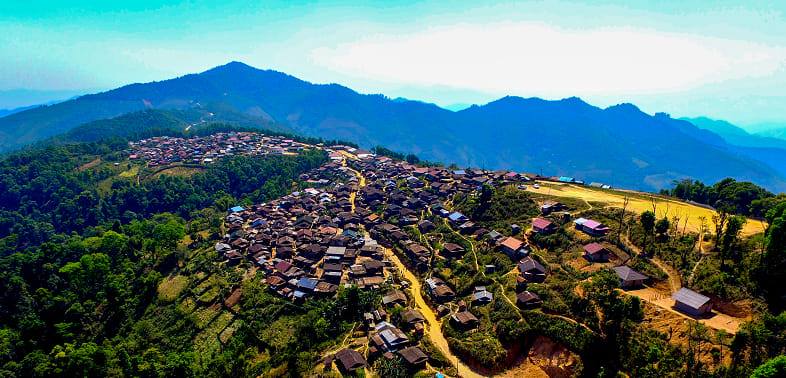
Photo Credit: Bee Porsengvong
History of Akha tribe in Oudomxay Province
Originally, Akha tribe moved from Lai Jao Province (Vietnam) to Phongsaly (Oudomxay) around 60-70 years ago. Akha people are now in two districts in Oudomxay, such as Mueng La (13 villages) and Mueng Namor (3 villages). The total number of the family: 1.571 – 6.888 people – Female: 3.269 or around 2,370 % (Based on the statistic in 2011).
Name: Aka tribe is called with many different names, but they choose calling themselves “Akha” and other tribes call them “Hmong” or “Lao Kor” but they prefer “Akha”. According to reality, there are many branches of Akha tribes such as Puly Akha, Jjor Akha, Jpear Akha, Moutarn Akha, Suma Akha, and Paya Akha.
Language: Each Akha branch has its own speaking language, but no writing pattern. Akha language is identified in a group of China – Tibet.
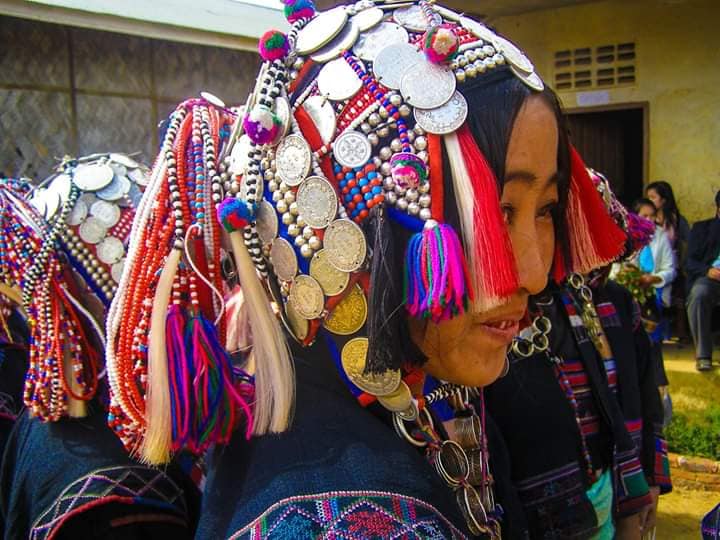
Photo Credit: Bee Porsengvong
Belief, Tradition, Culture, and Sociality of Aka tribe:
Akha people believe in their own ancestors and other sacred supernatural things and it’s hard for them to change what they have been practicing. They do respect different spirits like spirits (Ghost) of the father, spirits (Ghost) of the mother, spirits (Ghost) of the house, spirits (Ghost) of the village and others. The most important is the ancestor- the supernatural spirit is believed to protect and take care of the family members. Every house has its own altar for worship. Moreover, they do believe in tree spirits, the spirits of the forest, spirits of the river and others. They believe in many different things that’s why there are many dissimilar ceremonies in a year and lots of steps in one ceremony. They will call the sacred spirits for protection and drive the bad evil spirit and sickness away from their houses and villages. The only thing they wish to have and need is happiness with the family. The A Kha tribe is very strict on traditional and cultural practices like “Do’s and Don’ts”. For instance, do not touch the wooden gate around the village, do not take the things that are put on the house door, do not take or bring raw meat pass through the village, do not eat the newborn animals like deer, pig, cattle and buffalo and so on. Furthermore, courtship is not allowed in the house as well as singing and dancing.
Family: The main race of the family is the father’s clan. After marriage, the husband and his wife have to move and built a separate house from the parents, but close. Like one family one house. The man plays an important role in the A Kha family; it means men have more power than women.
House: Most of the A Kha’s house is always built on the hill where there are sunset and nice wind. The most important thing is the water source has to get close to the village in order to make it more comfortable for their daily life. The agricultural production area is always around the village. Before building a house, a sacred ceremony on house construction area selection has to be organized in order to ensure the happiness and safety of the whole family. This is to inform and ask permission from the protector of the area for building a new house and to see if it’s appropriate or not. The house has two floors. The first floor which is attached to the ground is for animals like pig, dog, duck, chicken, horse, and others. Firewood, equipment, and materials are also put there.
Economy: The main occupation is agriculture. For instance, upland rice planting, vegetable cultivation, cotton plating, and maize plantation. Moreover, they also focus on animals rising like a pig, chicken, dog, buffalo, cattle, horse and so on. A Kha people are very good at hunting.
Finally, the top tree nightlight for traveling in Meuang La. They are Nam Phak River, Phrachaosingkham temple, Kha ethnic group in Ban Aa No. Tourists will learn and know how the local lifestyle there.
How to get to Meuang La, Oudomxay province, Laos?
Do you know how to go to Meuang La?
For your information, there isn’t any bus station there. Anyway, you can take a bus to Muang Khua (Phongsaly province, the northeast province of Laos, next to the south of China) and Dienbienphu (Vietnam) instead. Because Meuang La is on the way to Muang Khua, First, you should arrive at Xay district in Oudomxay province…
So, you can drive there by private car or rent one in Oudomxay. Then, I will explain to you more about your rental transportation of Oudomxay; Anyway, the public buses can service you as well, but it doesn’t have many services to Muang La. There is only once per day.
The interesting to go there by bus and be patient as there’s no bus stop have to sit by the road and have faith.
Another option just goes to the tourist center at Xay district and rent motorbike in the office, then follow by your GPS and sign along the road, Mueng La can be done by full-day motorbike loop including Namkat waterfall.
And you can hire Songthaew as privately a day trip, if traveling by private vehicle, it’s possible to make a bypass stop to see the “Buddha’s footprint” in stone at Ban Longya. It’s an attraction along the way.
What to do in Meuang La? And Places to Visit in Meuang La
To pray for your wish by visiting Phachao Singkham Temple
Traveling to hot spring of Meuang La (If you stay at Muang La lodge or Muang La resort, it is very near to go there)
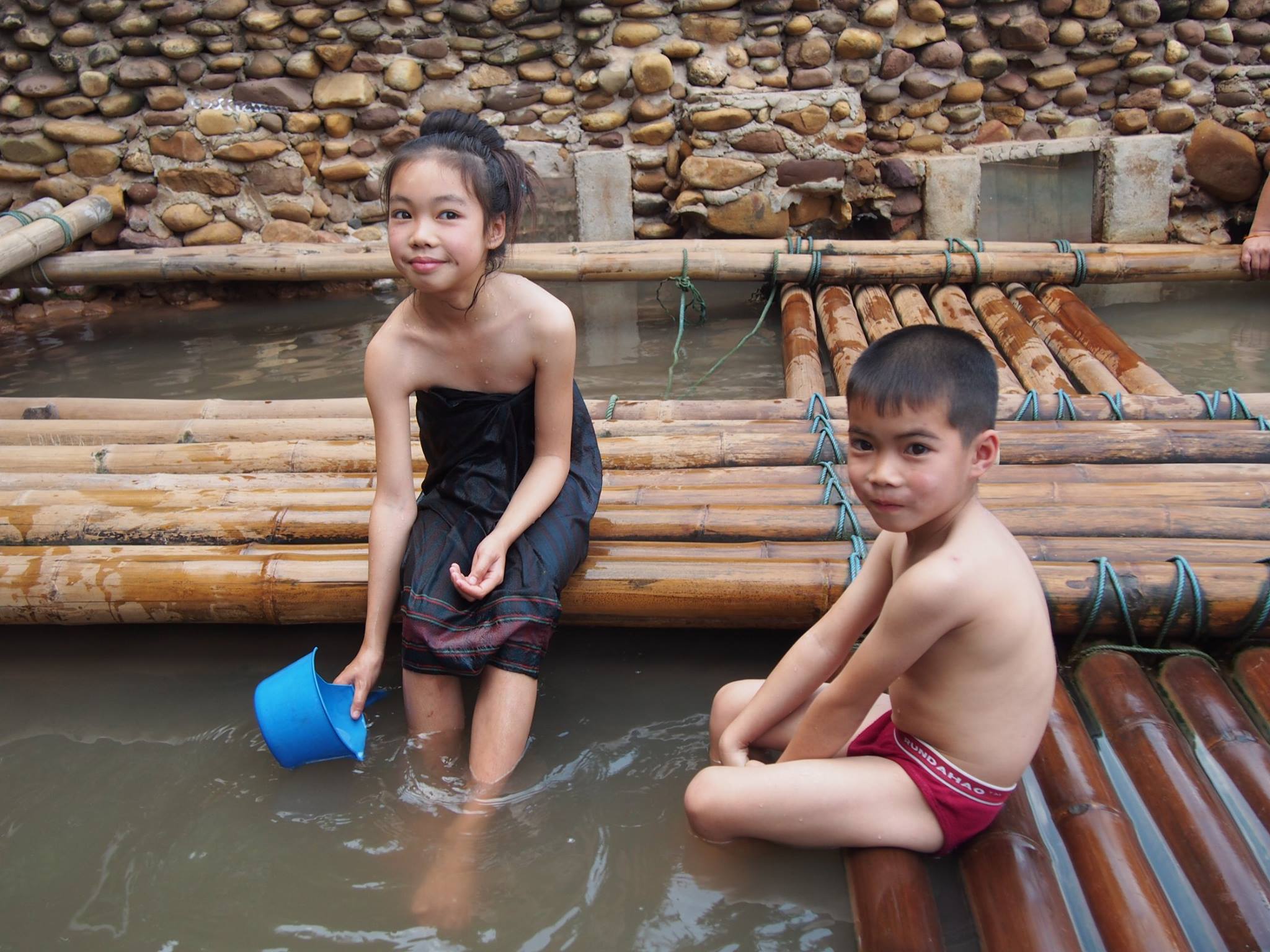
- A nice mountain view of the city is also interesting; So, it is possible that walking, biking or driving a car around the city explore the local life, don’t miss to see Nam Phak River as well.
- Go to two Khamu village, they are Ban Phavie or Ban Tanongpor
- To discover the local market, buying fresh fruits, vegetables.
Where to eat in Mueng La?
Tourists can eat at Muang La Lodge if they stay there. If not, you can go to local Mueng La and then you can look for cooked food. I only have two contacts from the restaurant for your information as follows.
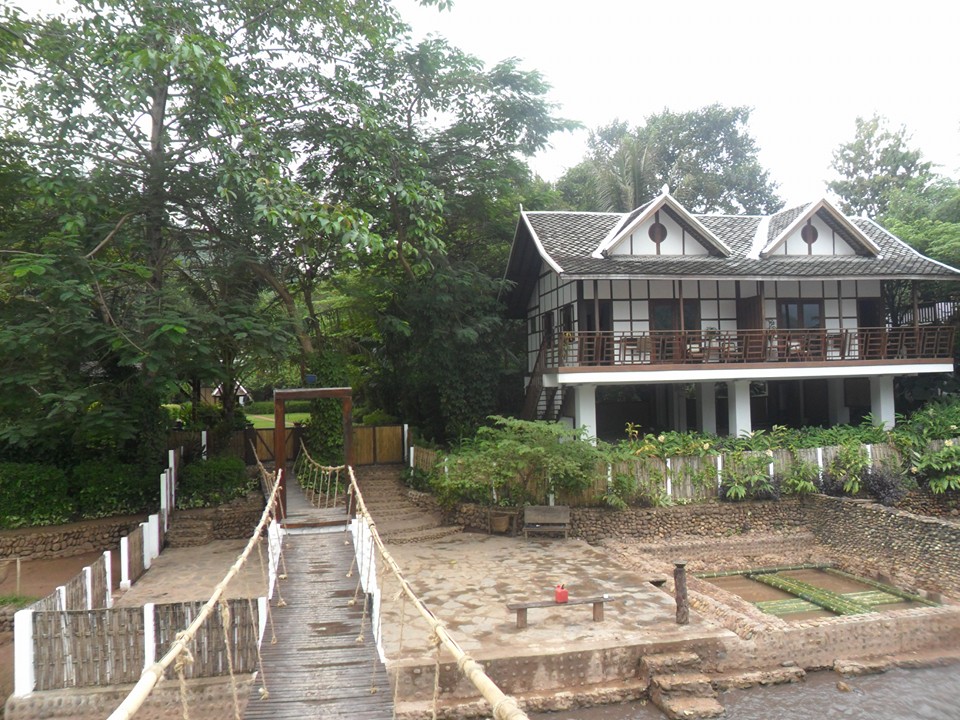
- 1. Restaurant Name: Khuavanging Restaurant
Restaurant Address: Done Village, La District, Oudomxay
Contact: +8562058518514
- 2. Restaurant Name: Berychit Restaurant
Restaurant Address: Done Village,La District, Oudomxay
Contact: +8562055332712
Where to Stay in Mueng La?
A charming of Muang La lodge and along the way to the resort also has Dr Houmpheng Guesthouse. This lodge located very near Nam Phak River. You will have a really great experience, great service, delicious foods, and a beautiful view of walking around the residence, a romantic evening with fireplace and a wonderful quiet five-star hotel.
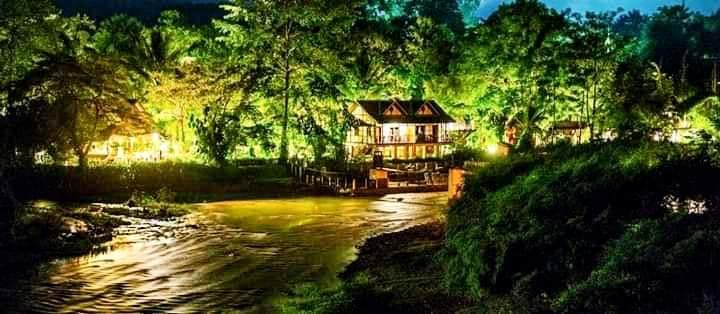
- Muang La Lodge
Website: www.muangla.com
Contact: +8562029277751; +856 21 243 446
Fax: +856 21 252 660
Email: resa@muangla.com
Facebook Page: Meuang La Lodge
Thank you information from Oudomxay tourism (Face book Oudomxay Tourism)
Photo Credit: Aea Vilaiphet

